When you think of evolution, animals usually get all the credit.
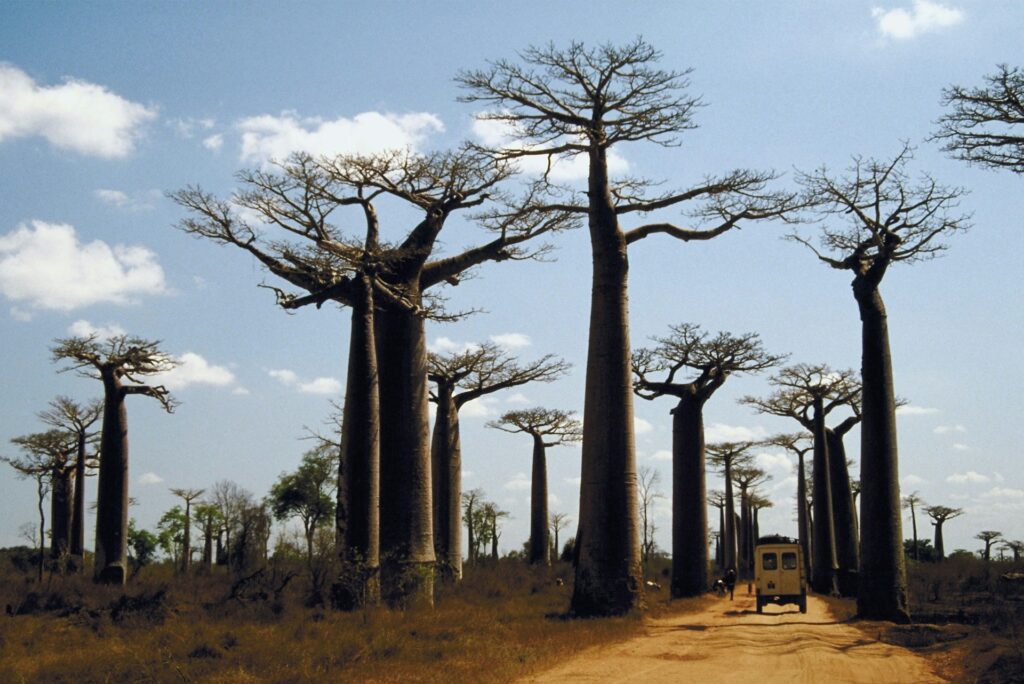
However, plants have been quietly adapting in some of the most extreme, hostile places on Earth. Whether they’ve figured out how to drink fog, trap prey, or grow upside down to avoid scorching heat, plants have evolved in wildly creative ways to survive where few other life forms can. Here are just some of the brilliantly bizarre examples of how far flora will go to stay alive.
1. Welwitschia: The plant that lives for over 1,000 years on fog alone
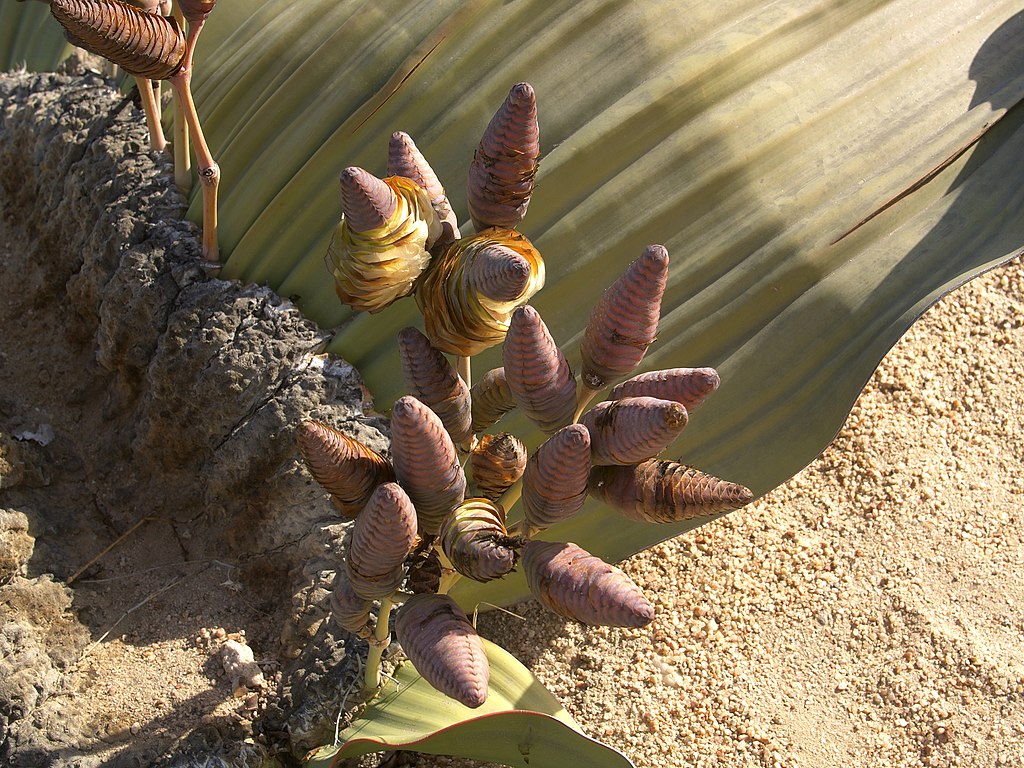
Found in the Namib Desert, one of the driest places on Earth, Welwitschia is a strange, sprawling plant that only ever grows two leaves, and it keeps those same two for its entire life. It survives by absorbing moisture from fog that rolls in from the Atlantic, using special grooves in its leaves to funnel water to its roots. It’s not pretty, but it’s basically the camel of the plant world.
2. Resurrection Plant: Comes back from the dead (sort of)
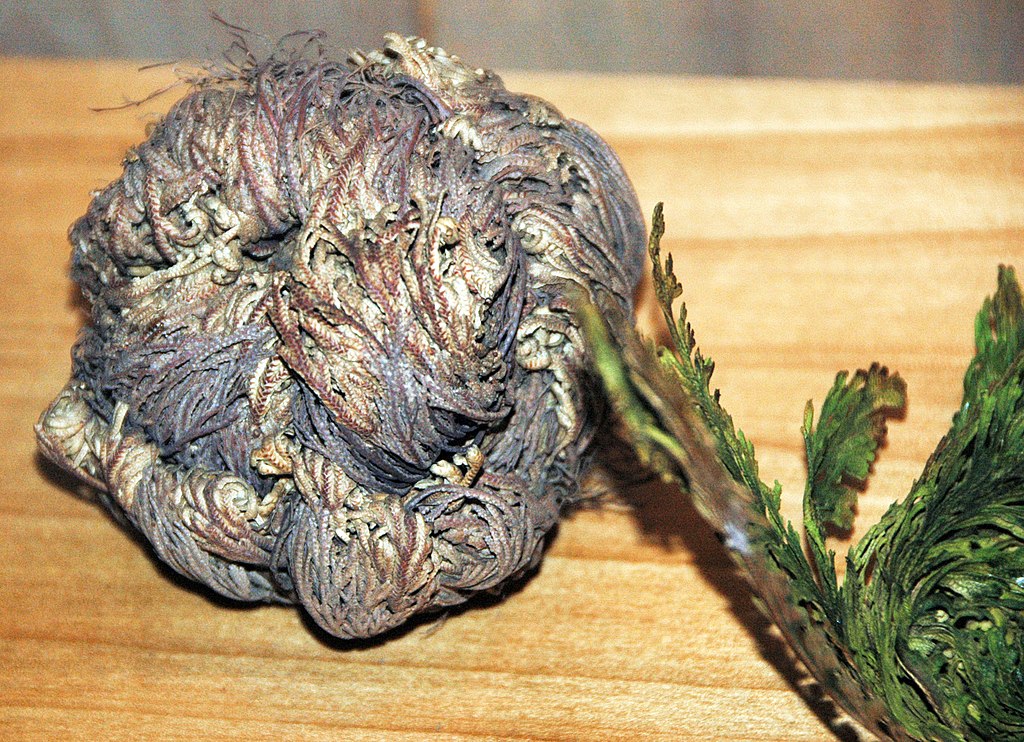
This desert plant looks completely dead—dry, crispy, and curled into a ball—until it touches water. Within hours, it unfurls and springs back to life like a sci-fi time-lapse. Also known as the “false rose of Jericho,” it can survive extreme drought for years by essentially pressing pause on its entire existence. Once it senses moisture again, it resumes life as if nothing happened.
3. Lithops: Disguises itself as a pebble to avoid being eaten
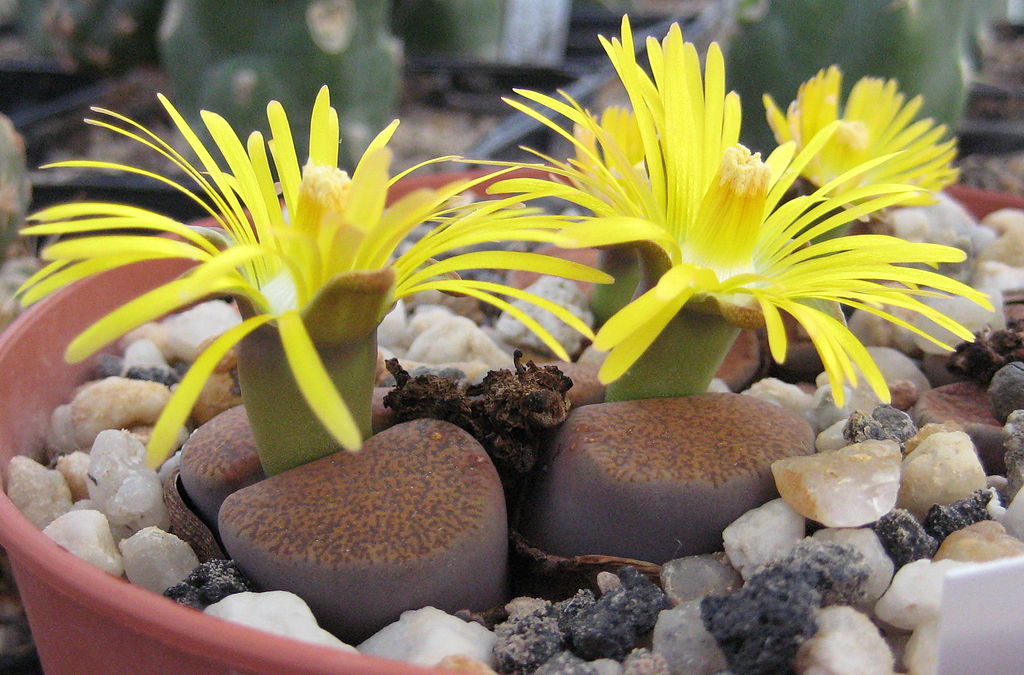
Also called “living stones,” lithops are succulents that evolved to look exactly like small rocks. They blend so well into their dry, rocky surroundings that most herbivores don’t even recognise them as food. This camouflage not only keeps them safe, but also reduces water loss, since their photosynthesising parts are mostly below the surface. Low effort, high survival.
4. Pitcher Plant: Lures and digests insects in nutrient-poor soil
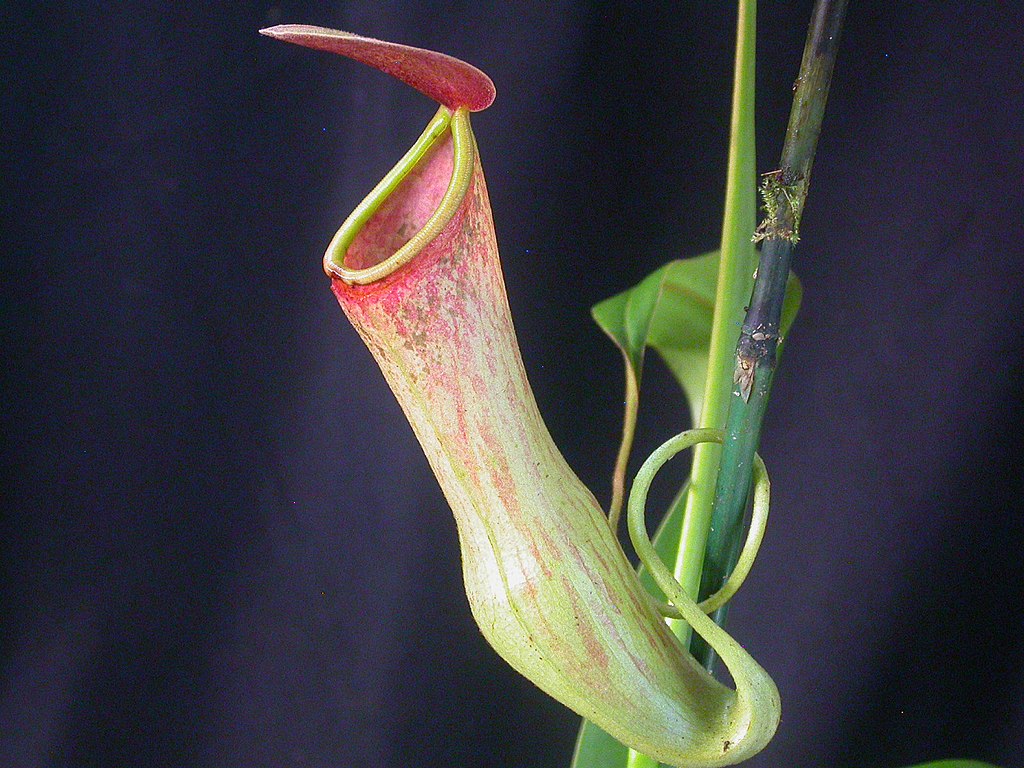
Growing in swampy, acidic bogs where the soil is too poor for normal nutrition, pitcher plants evolved to supplement their diet with meat, specifically bugs. The plant’s leaves form a deep, slippery cup filled with digestive enzymes. Insects are lured by the nectar and bright colours, fall in, and are slowly broken down for nutrients. Gross, but effective.
5. Saguaro Cactus: Stores up to a ton of water in its stem
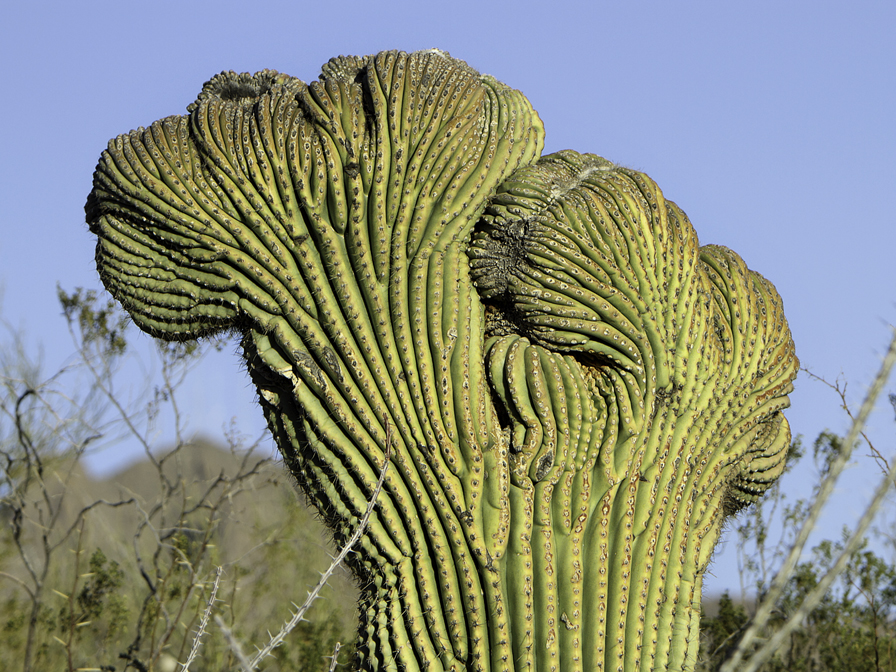
Iconic to the American Southwest, the saguaro cactus isn’t just a desert mascot—it’s a water hoarder on a massive scale. Its expandable ribbed stem allows it to store thousands of litres of water during rare desert rains. It then slowly uses this reserve to survive months, or sometimes years, of dry spells. Plus, its spines create shade and reduce evaporation. Maximum efficiency, zero fuss.
6. Venus Flytrap: Snaps shut faster than you’d expect
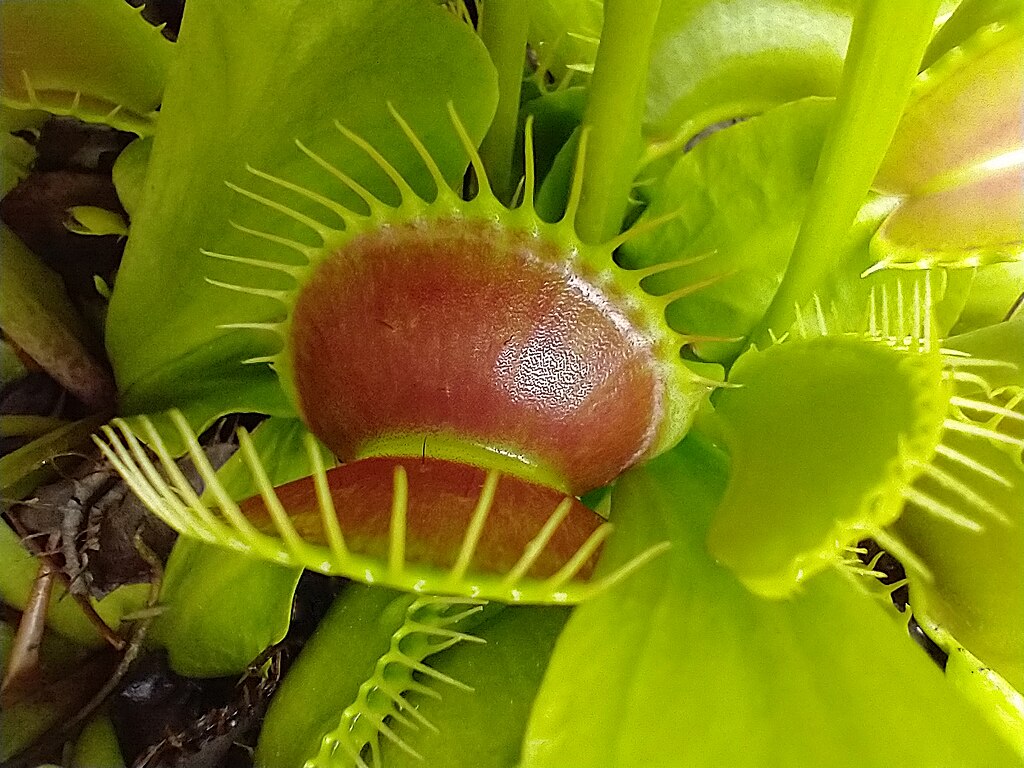
Insects that land on the Venus flytrap might think they’re in for a snack, but they quickly become the snack. This plant evolved a rapid trigger mechanism that snaps shut in less than a second when prey touches two hairs inside the trap. It then seals the trap and slowly digests the insect for nutrients. It’s nature’s tiniest bear trap, and it works surprisingly well in the nutrient-poor environments where it grows.
7. Alpine Cushion Plant: Creates its own microclimate in the cold
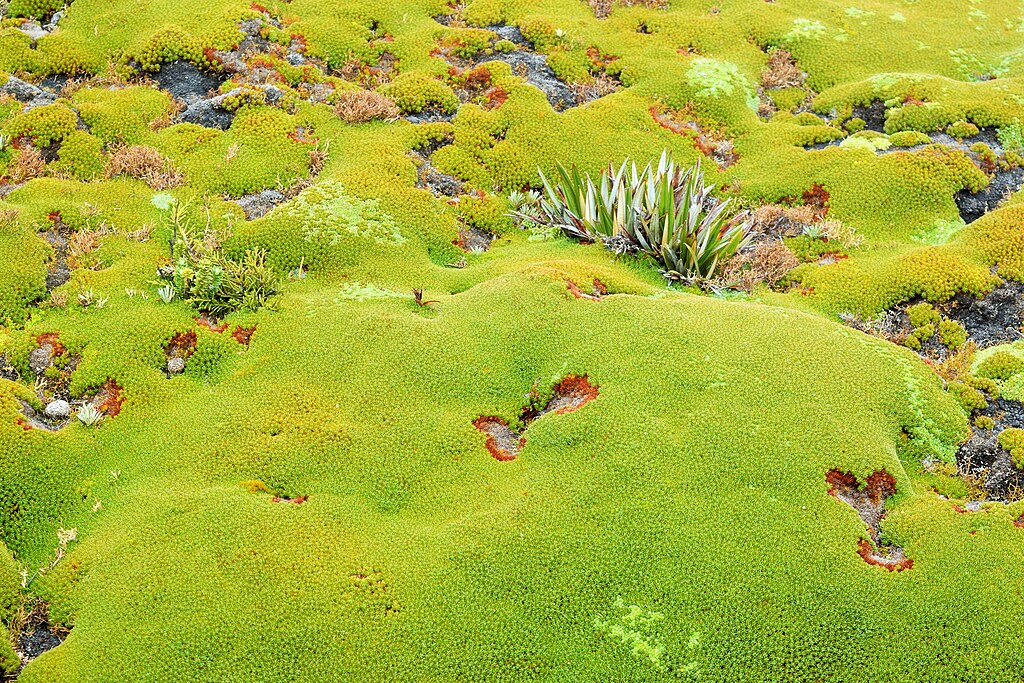
High in the mountains where temperatures drop drastically and winds are brutal, cushion plants grow in dense, low domes that hug the ground. This shape isn’t random—it creates a tiny greenhouse effect. The interior can be several degrees warmer than the outside air, and the tight structure traps moisture, making life possible in conditions that would kill most other plants outright.
8. Baobab Tree: Builds a fat trunk to survive months without rain
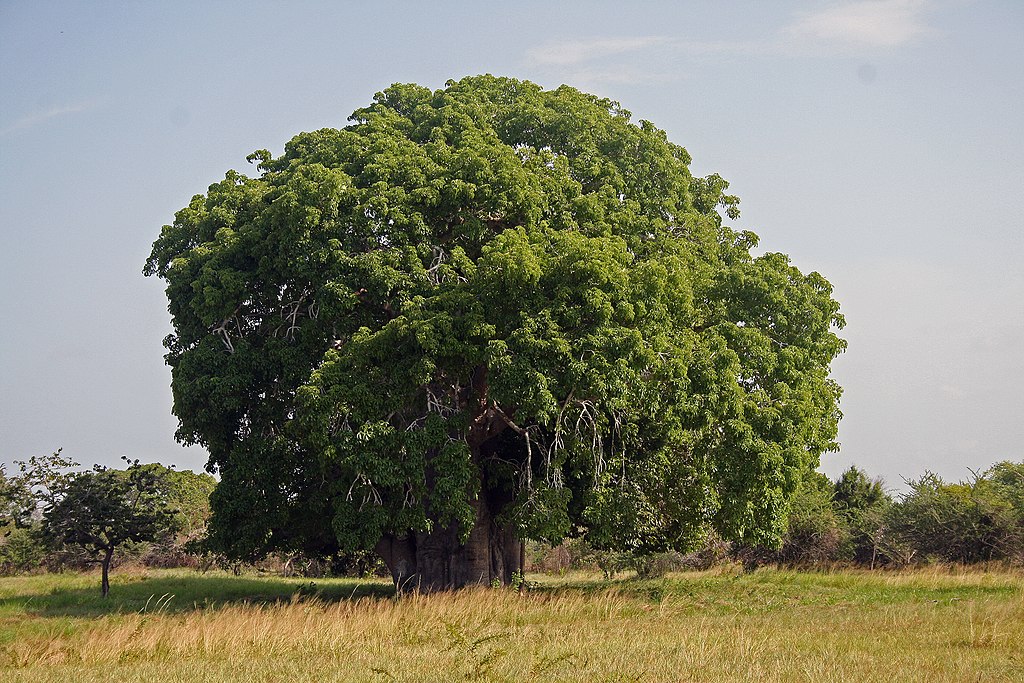
Baobabs grow in Africa’s arid regions and have thick, bulbous trunks that look almost cartoonish. However, that shape serves a purpose: it stores water. Lots of it. During dry seasons, the tree draws from this internal reservoir to stay hydrated. Its bark is fire-resistant, its leaves are sparse to reduce water loss, and it even sheds them completely during drought. It’s like the Swiss Army knife of tree survival tactics.
9. Mangroves: Breathe through their roots and filter salt

Found in tropical coastal swamps, mangroves grow in salty, oxygen-poor water where most plants can’t survive. But they’ve got two tricks: aerial roots that poke above the water to access air, and filters that remove salt before it reaches their tissues. Some species even excrete salt through special pores on their leaves. They’re basically amphibians, but for plants.
10. Sensitive Plant (Mimosa pudica): Folds up when touched
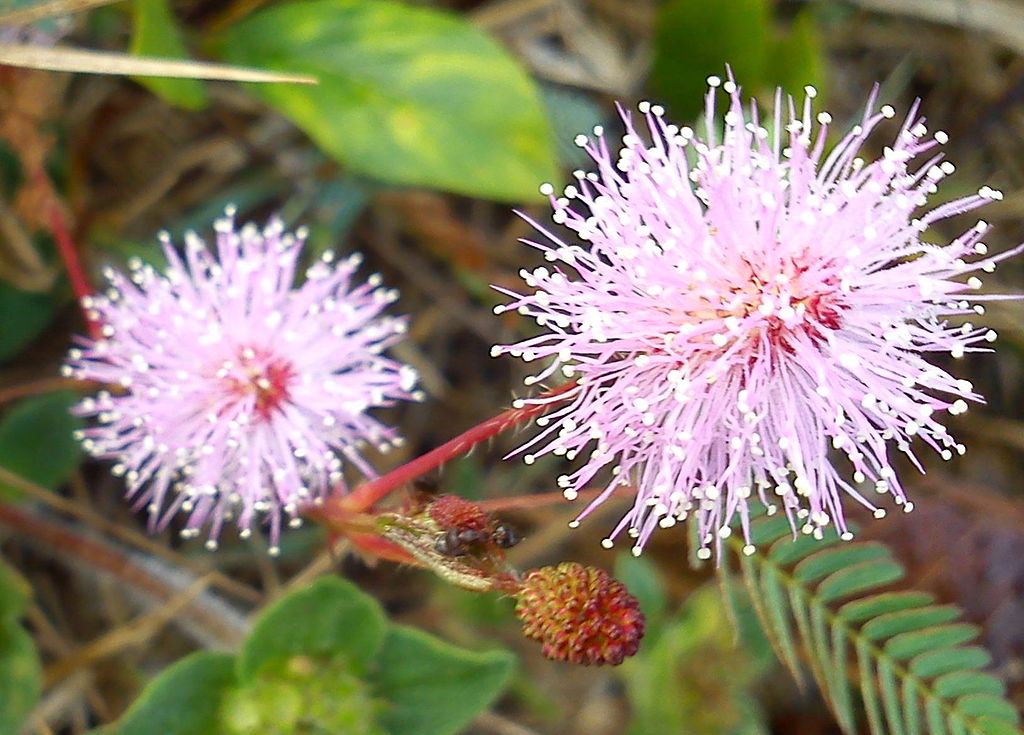
This delicate-looking plant reacts dramatically to physical contact—when touched, its leaves fold inward almost instantly. It’s a defence mechanism meant to scare off insects or grazing animals.
It doesn’t cause harm, but it makes the plant appear less appetising and harder to chew. It’s basically playing dead, plant-style.
11. Ice Plant: Uses salt to hold onto moisture

In salty coastal soils where water drains quickly, the ice plant evolved a glistening surface that reflects sunlight and conserves moisture. It also stores salt in its tissues to maintain its internal water balance. Its fleshy, succulent leaves can survive long dry stretches, and the shimmering look isn’t just aesthetic—it helps keep it cool under pressure.
12. Rafflesia arnoldii: The world’s largest—and smelliest—flower
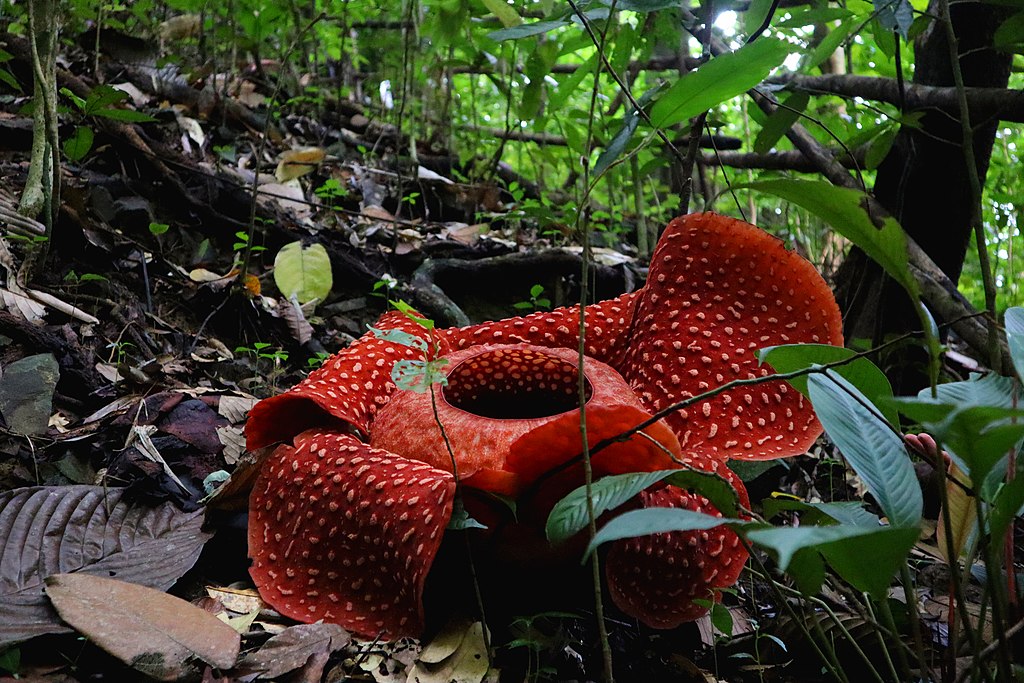
This rainforest plant doesn’t have leaves, stems, or roots of its own. Instead, it parasitises a host vine and produces an enormous flower that smells like rotting meat to attract flies for pollination. It survives by stealing nutrients and tricking insects, relying entirely on deception rather than traditional plant processes. It’s bizarre, foul, and brilliant—everything evolution loves.